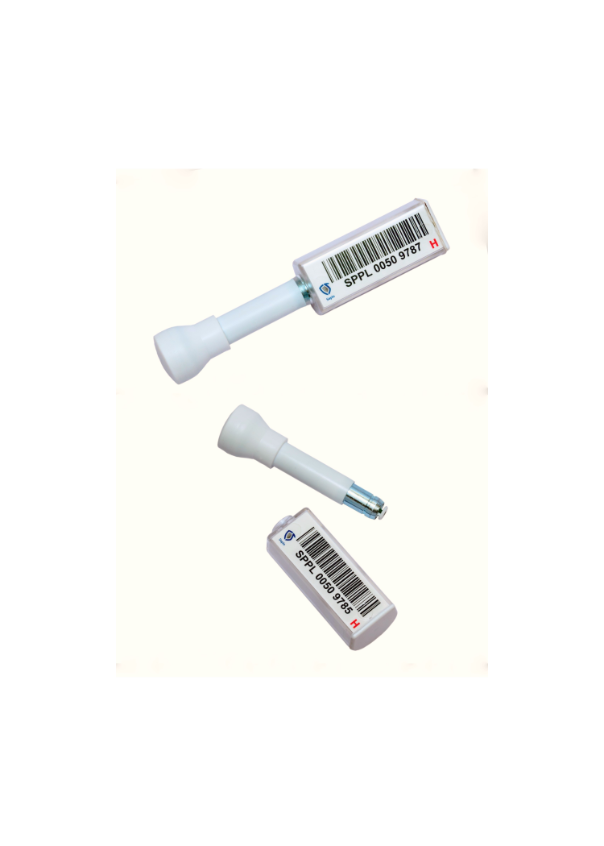About RFID Eseal
An RFID e-seal is an electronic security tag using radio frequency identification (RFID) technology to track goods. E-seals protect goods from unauthorized access, pilferage, and tampering besides improving security and supply chain visibility. The seal consists of a small electronic device containing the RFID chip, which shippers attach to the container with a lock. Upon activation, the e-seal sends a radio signal to the RFID reader with the activation time and seal location. Any attempt to tamper with or remove the RFID Seal ensures the shipper gets an alert.

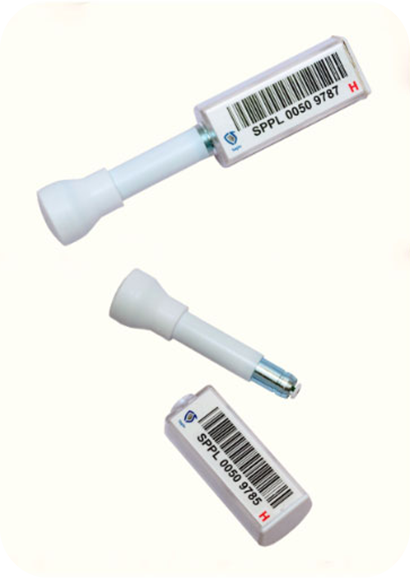
The Benefits of Using RFID E-seals
- Improved Security: RFID e-seals can help improve security by providing real-time tracking of cargo and detecting tampering or unauthorized access.
- Efficiency: RFID Product Trackingcan help automate the tracking and monitoring of cargo, reducing the need for time-consuming and error-prone manual checks.
- Cost-effective: RFID e-seals can be cost-effective as they reduce manual processes, paperwork, and other associated costs. RFID Asset Trackingcan also help to reduce losses due to theft or damage.
- Real-time Data: RFID e-seals provide real-time data on the location and status of cargo, helping improve visibility and control over the supply chain.
- Improved Compliance: RFID e-seals can help to ensure compliance with regulations and standards related to cargo transportation, such as customs regulations, safety standards, and environmental regulations.
RFID E-seals for Container Tracking
RFID E-seals can be read from a distance without requiring a direct line of sight, making them ideal for tracking containers, stacked or located in hard-to-reach areas. An RFID Seal for Container can also trigger alerts in case of container tampering or if it deviates from its intended route, helping prevent theft and security breaches.
RFID E-seals for Inventory Management
By combining RFID for Inventory Management technology with E-seals, businesses can monitor their inventory in real-time and track it throughout the supply chain. RFID readers can scan the tags and update the inventory records automatically to maintain accurate inventory levels and prevent losses due to theft or misplacement.

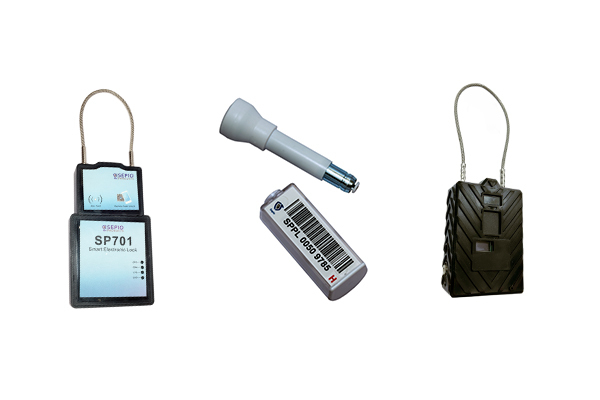
The Different Types of RFID E-seals
- Active RFID E-seals: Active RFID e-seals use a power source (e.g., battery) to transmit data over long distances. They can provide real-time monitoring and location tracking of sealed containers.
- Passive RFID E-seals: Passive RFID e-seals do not have a power source and rely on an RFID reader to activate and read the data on the seal.
- Semi-passive RFID E-seals: Semi-passive RFID e-seals have a battery to power the sensor, but the data is transmitted when the seal is near an RFID reader.
- Tamper-evident RFID E-seals: Tamper-evident RFID e-seals can provide a visual or electronic indication of tampering, making them suitable for high-security applications.
Factors to Consider When Choosing a RFID E-seal
- Frequency Range: The frequency range of the RFID E Sealshould be compatible with the frequency range of the RFID readers.
- Reading Distance: The reading distance of the RFID e-seal should be compatible with the distance between the reader to permit detection and accurate reading.
- Battery Life: The battery life of the RFID e-seal should be long enough to last for the duration of the shipment or journey.
- Security Features: The security features of the RFID e-seal should be appropriate for the level of security required.
- Durability: The RFID e-seal should be durable enough to withstand the rigors of transportation and handling.
- Cost: It is important to choose a seal meeting the RFID Asset Tracking System requirements while being cost-effective.
- Compatibility: The RFID e-seal should be compatible with any existing RFID infrastructure used to read and track the seal to allow a seamless integration into the existing system.
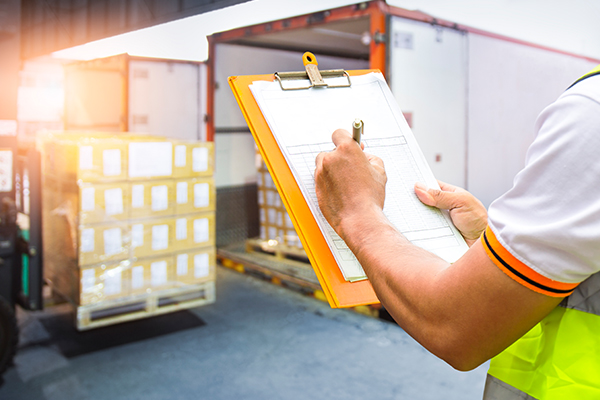
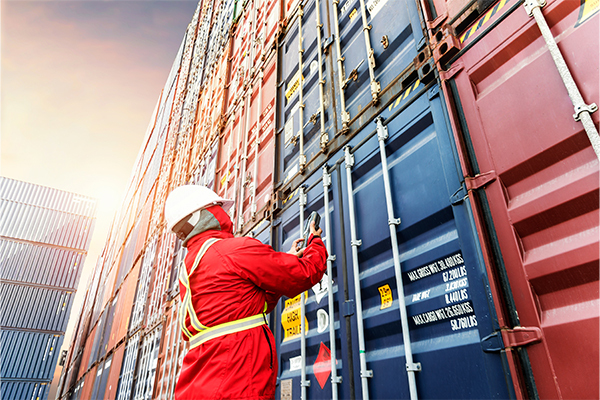
How to Implement RFID E-seals?
Select the appropriate RFID hardware and software. Ensure that the hardware and software are compatible and appropriate for the intended use. Encode the RFID tags to ensure each e-seal has a unique identification number, using RFID encoding software. Attach the RFID tags to the seal securely. Configure the reader software to communicate with the RFID tags and store the data. Once these steps are complete, you must test before operating the system. Hiring an RFID Solution Company or consultant with experience in RFID Solutions and e-seal management can help to expedite the process, avoid mistakes, and keep costs down
Best Practices for Implementing RFID E-seals
Determine what you want to achieve with the technology, such as improved security, faster turnaround times, or more efficient inventory management. Select the appropriate RFID e-seal technology. Evaluate your existing infrastructure and determine whether you need to upgrade or modify it to accommodate RFID e-seals. Develop a comprehensive plan that outlines the steps involved in implementing RFID Tracking System. Conduct extensive testing of the RFID e-seal system to ensure it functions as intended. Regularly monitor and maintain the RFID e-seal system to ensure its continued functionality. Implement appropriate data security measures to protect the sensitive information collected by RFID e-seals.


Future Trends in RFID Technology and E-seals
IoT (Internet of Things) devices are becoming more commonplace, and we can expect to see increased integration of RFID and e-seals with these devices. We can expect to see more advanced security features like biometric authentication, tamper-evident materials, and other technologies that enhance the security of goods and shipments. As RFID technology evolves, we can expect to see smaller and more efficient tags. It will enable greater flexibility in their use and allow for the tracking of smaller items.





